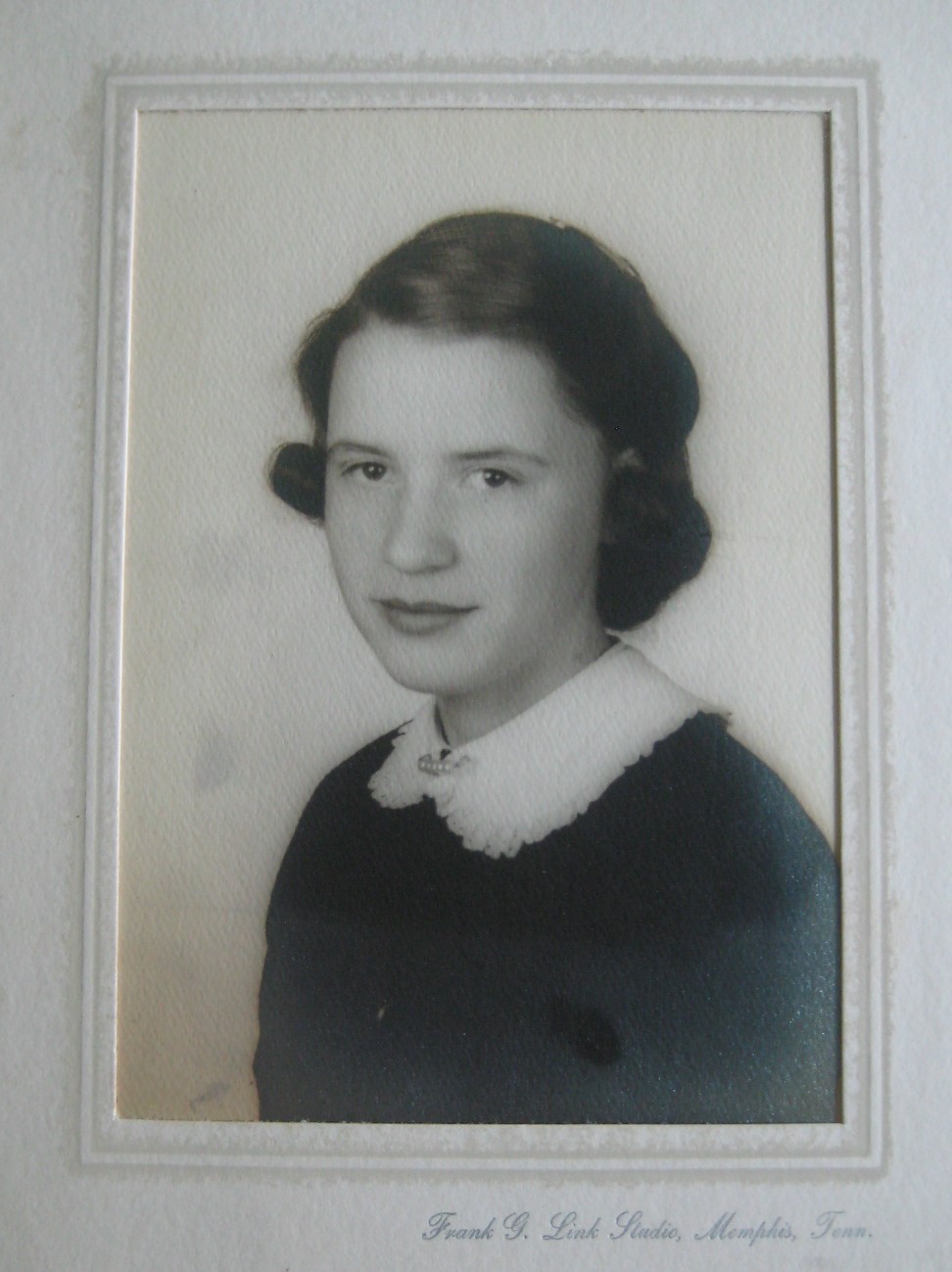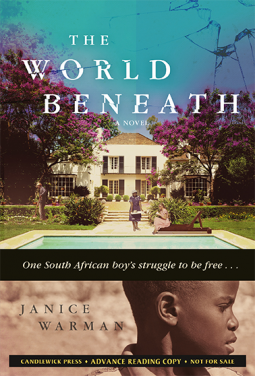 Normally, I don’t think about wild animals when I anticipate the annual Fay B. Kaigler Children’s Book Festival. Two bears showed up at the one held this past April. In fact, bears almost looked like a theme for the Ezra Jack Keats New Writer and New Illustrator Honor Awards.
Normally, I don’t think about wild animals when I anticipate the annual Fay B. Kaigler Children’s Book Festival. Two bears showed up at the one held this past April. In fact, bears almost looked like a theme for the Ezra Jack Keats New Writer and New Illustrator Honor Awards.
In Julia Sarcone-Roach’s The Bear Ate Your Sandwich, one hungry bear follows a scent from his forest, across a long bridge, and into the city to find your sandwich, which he ate. Of course, he needed to travel back to home and safety and he did. Think that’s the end of the story? Guess again. I won’t spoil the ending which will give a major set of giggles to you and the preschooler listening on your lap.
The second bear in Mother Goose Bruce by Ryan H. Higgins, is grumpy and also hungry. He finds a gourmet recipe for eggs on the internet, collects all the ingredients, and prepares to cook them. Instead, they hatch and imprint on Bruce as their mother. He hilariously spends the rest of the book trying to rid himself of his “children.” This ending will also bring on the giggles.
Of course this led to a dilemma since I have two preschool grandchildren. Which bear do I buy? You probably have already guessed the answer. Both. Birthdays are coming up in August and November. Books are signed and ready.
I thought I was finished, but today I noticed that Ryan’s bear shows up again in Hotel Bruce, coming out in October.


































